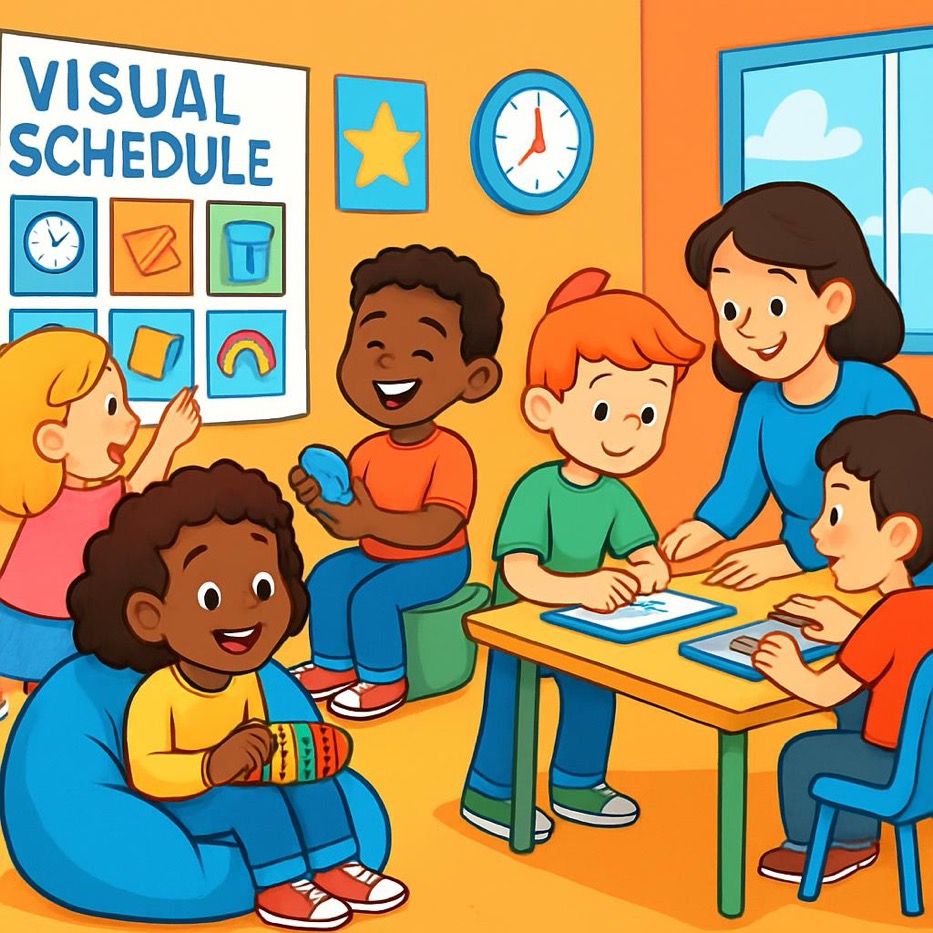Bridging Home and School: Essential Accommodations for Neurodiverse Children

As a parent and advocate for children with neurodiversities, I've seen firsthand how simple accommodations can make a world of difference, both at home and in the classroom. Whether it's creating a quiet space for focused work or using visual schedules to help with transitions, these small changes are pivotal in fostering an environment where our kids can truly thrive.
In my experience, communication is key. Engaging with teachers and understanding their perspectives allows us to collaborate effectively. At home, I encouraged my children to express their needs, which not only empowered them but also helped me learn how to support them better.
Every child deserves a chance to shine, and with the right tools, we can help illuminate their unique paths.
Here’s a list of accommodations that can be beneficial for parents to use at home with neurodiverse children:
- Structured Routines: Establish consistent daily schedules to provide predictability and security.
- Visual Supports: Use charts, pictures, or visual schedules to help with understanding tasks and routines.
- Quiet Spaces: Create a calm, distraction-free area where your child can retreat when feeling overwhelmed.
- Sensory Tools: Provide fidget toys, noise-canceling headphones, or weighted blankets to help manage sensory input.
- Flexible Learning Methods: Adapt learning approaches to match your child’s strengths, whether through hands-on activities, visual aids, or interactive lessons.
- Breaks and Downtime: Incorporate regular breaks during tasks to prevent frustration and fatigue.
- Clear Instructions: Use simple, direct language and break down tasks into manageable steps.
- Positive Reinforcement: Celebrate achievements, big or small, to boost confidence and motivation.
- Choice and Autonomy: Allow your child to have a say in their activities and routines to promote a sense of control.
- Social Stories: Create or use existing social stories to help your child understand social situations and expectations.
- Mindfulness Practices: Introduce mindfulness or relaxation techniques to help with emotional regulation.
- Assistive Technology: Utilize apps and tools designed to support learning and communication.
These accommodations can create a supportive and nurturing environment that encourages growth and development.
#Neurodiversity #Inclusion #Education #Parenting #SupportSystem

Comments
Post a Comment